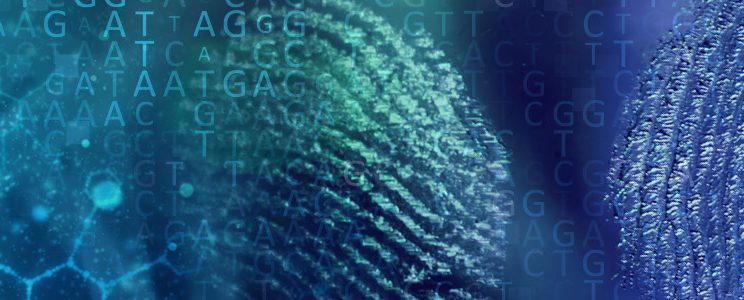This webinar originally occurred on October 25, 2017
Duration: 2 hours
Overview
Principles, methods and applications of DNA-based prediction of human appearance traits for forensic and anthropological use with specific insights into eye, hair, and skin colour prediction from DNA.
Conventional forensic DNA analysis based on short tandem repeats (STRs) reflects an effective approach for human individual identification as long as the STR profile of the perpetrator is already available to the investigators, but fails if not. In such “suspect-less” cases, DNA testing aimed at predicting the physical appearance of the unknown sample donor is useful as it acts as an unbiased ‘molecular witness’ and can aid investigators by prioritizing suspect processing, corroborating eyewitness testimony, determining the relevance of a piece of evidence to a crime, and ultimately increase the ability to find unknown perpetrators of crimes who are unidentifiable via standard forensic DNA profiling. DNA-based prediction of appearance traits is also relevant in missing person cases and in anthropological cases for getting appearance information of deceased persons from their skeletal remains.
Presenters
- Manfred Kayser
- Susan Walsh
Series Summary Report
This was a live event and an archived presentation is not available. This report summarizes the content of the 2017-2018 5-part webinar series, as well as the reception of the series by the forensics community. The project team made surveys available to all participants immediately following each webinar to obtain data metrics to assess the quality and impact of discussion content, and to gain information on the structure of the web audience.
Funding for this Forensic Technology Center of Excellence webinar has been provided by the National Institute of Justice, Office of Justice Programs, U.S. Department of Justice.
The opinions, findings, and conclusions or recommendations expressed in this webinar are those of the presenter(s) and do not necessarily reflect those of the U.S. Department of Justice.
Contact us at ForensicCOE@rti.org with any questions and subscribe to our newsletter for notifications.




